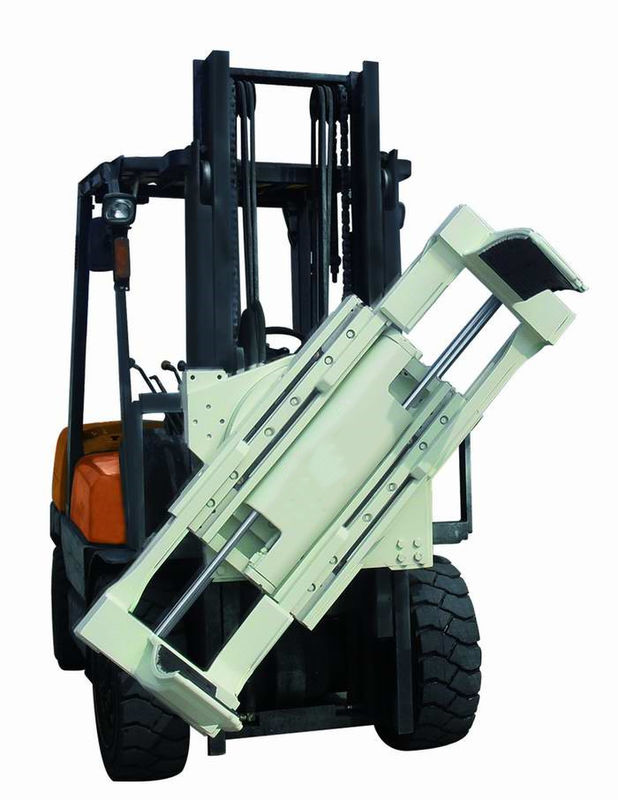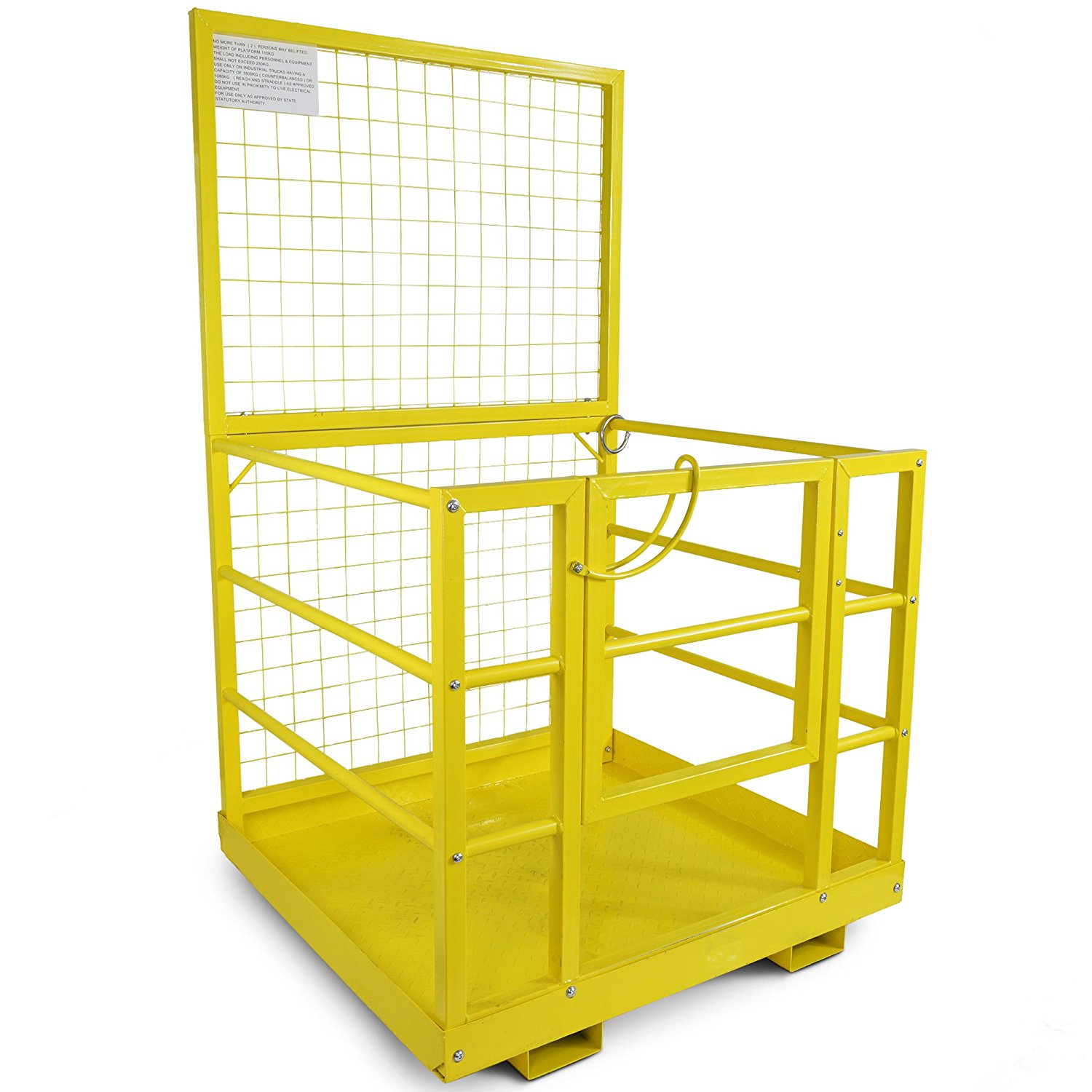

Although free rigging is a common practice, it could affect the capacity and safe operation of a powered industrial truck.As well as tipping skips, Ridgeway's range of forklift fork attachments enables you the user to extend the scope and ways your fork lift truck can be used, whether it is push, pull, lift, carry, crane, hold, dispense, rotate and clamp equipment. This type of lift does not use an approved lifting attachment. Free rigging is the direct attachment to or placement of rigging equipment (slings, shackles, rings, etc.) onto the forks of a powered industrial truck for a below-the-forks lift. See Forklifts: Free Rigging Requires Manufacturer's Approval, OSHA Standard Interpretation, (October 22, 1999). The forklift nameplates must be changed accordingly.
#Forklift attachments professional
A qualified registered professional engineer must perform a safety analysis and address any safety or structural issues contained in the manufacturer’s negative response before granting approval. If no response or a negative response is received from the manufacturer, written approval of the modification/addition from a qualified registered professional engineer is acceptable. Capacity, operation, and maintenance instruction plates, tags, or decals shall be changed accordingly. Modifications or additions that affect capacity or safe operation shall not be performed without prior written approval from the forklift truck manufacturer. If the truck is equipped with front-end attachments other than factory installed attachments, request the truck be marked to identify the attachments and show the approximate weight of the truck and attachment combination at maximum elevation with load laterally centered.


Inspect mechanical and hydraulic components and maintain in accordance with the manufacturer’s instructions. Tailor inspection steps to the attachment.Įxamine load-bearing components for deformation. Include attachments in a scheduled maintenance and inspection program.

Treat an unloaded forklift with an attachment as partially loaded. Know the mechanical limitations of your forklift.Ĭhange capacity, operation, and maintenance instruction plates, tags, or decals when a forklift truck is equipped with an attachment.
#Forklift attachments how to
Consult the operator's manual for instructions on how to use the new equipment.ĭo not exceed the rated capacity of the forklift/attachment combination. Retrain an operator if a new attachment is added to the forklift. Train operators in the fork and attachment adaptation, operation, and use limitations. The attachment increases the load center by moving the load further away from the balance or fulcrum point. The weight of the attachment reduces the lifting capacity of the truck. Attachments affect the truck's performance by changing its center of gravity, visibility, and capacity. Operators must be trained in the proper use of attachments because they alter the performance of the forklift. Personnel platforms specially designed for lifting personnel. (Figure 3)Ĭontainer handlers designed to lift shipping containers.Ĭarton clamps equipped with a pressure valve to squeeze the load.Ĭotton or pulp bale clamps that grab and hold bales.Įxtending or telescoping forks such as in reach and turret trucks. Sideshifters shift the forks right and left. Slipsheet attachments which avoid the use of pallets. Data plate for an attachment (sideshifter). Reach stacker used in marine terminals and longshoring.įigure 6. Forklift equipped with a barrel clamp attachment.įigure 5. Side-shifter controls enable the forks to be moved right and left.įigure 4. Slipsheet attachment eliminates need for pallets.įigure 3.


 0 kommentar(er)
0 kommentar(er)
